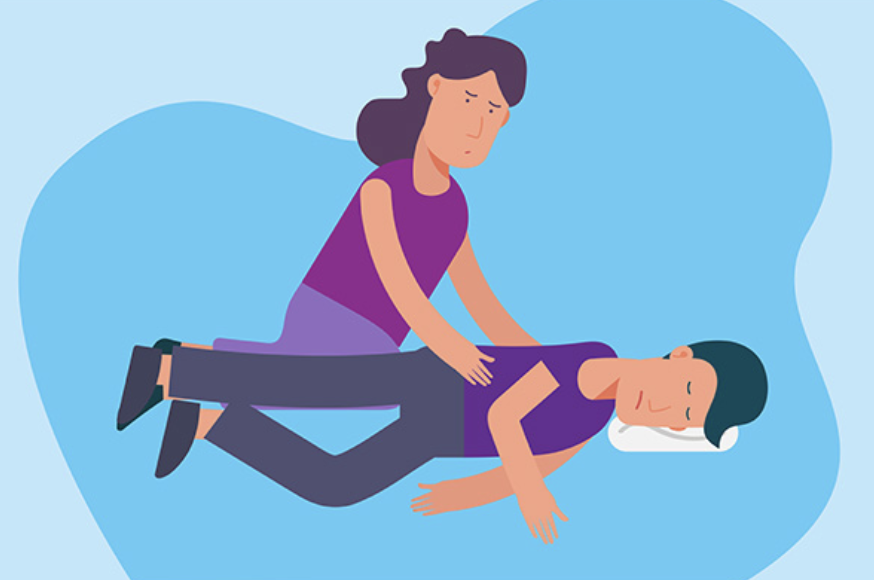Would You Know What to Do?
When I was working at Camp Coelho (a camp for kids living with seizures), I was really scared the first time I saw a seizure first aid training video - even though I have had seizures myself.
Years went by before I was actually alone with someone having a seizure. It struck me that it wasn't nearly as scary as the video - I knew what to do.
There wasn't any equipment, or any skill involved. The moment called for patience and kindness.
1 in 10 people will have a seizure in their lifetime. You are far more likely to be in a position to administer seizure first aid than to use the fire extinguisher or CPR training your workplace may already require. You can get free seizure first aid training resources through your local Epilepsy Foundation chapter.
I also really love these resources by The Cameron Boyce Foundation where one can learn about seizures and even come up with a plan they can share with others if they have them.
Unfortunately, many people panic or rely on outdated myths that can do more harm than good. I myself have been harmed by poorly trained EMT's. The truth is, seizure first aid is very simple, and could save a person from being harmed.
Here's a practical checklist you can learn and share to help keep someone safe during a seizure.
I like the 'Stay, Safe, Side' mantra created by The Epilepsy Foundation.
✅ What TO Do:
Stay!
Stay calm and stay with them – Your presence can influence how others around you react.
Time the seizure – Use your phone or glance at a clock. Most seizures are short, but if it lasts longer than 3 minutes (depending on your source but just to be safe, it’s a medical emergency. Call 911 immediately.
Safe!
Clear the area – Move sharp items, furniture, or anything that could hurt them during the seizure.
Place something soft under their head – A folded jacket, backpack, or even your hands can prevent head injury.
Side!
Turn them on their side – This helps keep their airway clear and allows saliva or vomit to drain safely.
Image from Baystate Health
❌ What NOT to Do:
Do NOT hold them down – Restraining can cause injury to both you and them.
Do NOT put anything in their mouth – This outdated advice is dangerous. They will not swallow their tongue.
Do NOT try to give food, water, or medication – Wait until they are fully conscious and oriented. Otherwise, it could cause choking.
After the Seizure:
Reassure them – People may feel disoriented, tired, or embarrassed. Just be nice!
Give them time – Recovery can take a few minutes or longer. Let them sit or lie in a safe place.
Offer help – See if they need assistance contacting someone or getting home safely.
💡 Pro tip: Save this checklist to your phone or print a copy to keep in your bag or office. You never know when this knowledge might come in handy.
There was really no better way of getting this information out there than making a movie.
When I made Under the Lights, it was important to me to show seizure first aid at work. While we never watch the character have a tonic clonic seizure (what most people think of when they imagine a seizure), a 911 operator, played by Greg Grunberg in the short (and Peter Coyote in the feature) has a conversation laying out exactly what to do.
You can watch the film HERE
Did you enjoy it? It's being turned into a full length film with big stars! Subscribe to this newsletter or visit the website to learn more.
You can also track the progress of the film on facebook or instagram.
The more people know seizure first aid, the safer and more inclusive the world becomes for people with epilepsy. Let’s normalize being prepared. You don’t need a medical degree to make a difference—just a little knowledge and a willingness to act.
Have you ever witnessed a seizure? Would you know what to do now? Share this article with your network to spread awareness and preparedness.




